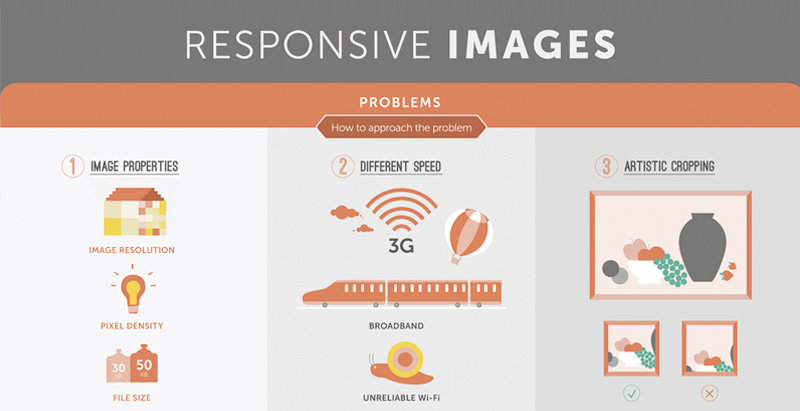Web Site Design Fundamentals: Tips For Structure A User-Friendly Site
Web Site Design Fundamentals: Tips For Structure A User-Friendly Site
Blog Article
Article By-Scarborough Ehlers
When it pertains to site design, making sure user-friendliness is crucial. From receptive design to structured navigation, every aspect plays a critical function in creating a website that satisfies your target market's requirements. Yet what about the better information that can make or break a user's surfing experience? Stay tuned as we reveal some often-overlooked suggestions that can elevate your internet site's functionality to the following degree, making it truly attract attention in the electronic landscape.
Relevance of Responsive Design
Responsive style is a crucial facet of contemporary site growth. Ensuring your site is receptive methods that it can adjust to various screen dimensions and gadgets, giving a smooth experience for users.
With the boosting use of smartphones and tablets to access the net, having a receptive layout is vital for reaching a larger audience. It assists in improving individual experience by making your web site easy to navigate and continue reading any tool.
In addition, responsive layout can favorably affect your search engine positions, as search engines like Google prioritize mobile-friendly web sites. By having a receptive layout, you're also future-proofing your site, as brand-new gadgets with varying display sizes remain to arise.
Simplify Navigation Framework
To enhance customer experience and facilitate very easy access to information on your internet site, enhancing the navigating structure is extremely important. When creating please click the up coming article , concentrate on developing a clear and instinctive navigation food selection that aids visitors discover what they're trying to find rapidly.
Limitation the variety of food selection items to the essentials, organizing relevant pages together to avoid overwhelming individuals. Usage detailed labels that plainly indicate the content of each page, making it less complicated for individuals to understand where each web link will certainly take them.
Think about implementing dropdown food selections for subcategories to stop cluttering the main navigating bar. Additionally, consist of a search bar plainly on the page for individuals that favor searching for details info.
Prioritize mobile responsiveness in your navigation design to guarantee very easy access on all devices.
Optimize Page Tons Rate
Improving web page load speed is important for retaining visitors on your site. Slow-loading pages frustrate individuals and can lead to high bounce prices. To optimize page lots speed, start by maximizing images. Press photos without jeopardizing high quality to decrease their data dimensions.
Furthermore, enable internet browser caching to store often accessed resources in your area, accelerating tons times for returning site visitors. https://www.searchenginejournal.com/seo-tips/374673/ , JavaScript, and HTML documents by removing unnecessary personalities, remarks, and format, boosting lots speed.
Consider using a material delivery network (CDN) to distribute your web site's web content throughout multiple servers worldwide, minimizing latency for customers accessing your site from different places. Lastly, limit the use of third-party scripts and plugins, as they can significantly impact tons times.
Final thought
In conclusion, by incorporating receptive design, simplifying navigating, and enhancing page tons speed, you can create an easy to use site that appeals to a bigger audience and improves user experience. These essential elements make sure that visitors can quickly access and navigate your site across various gadgets, causing boosted involvement and fulfillment. By concentrating on these vital facets, you can build an effective web site that keeps users coming back for even more.
